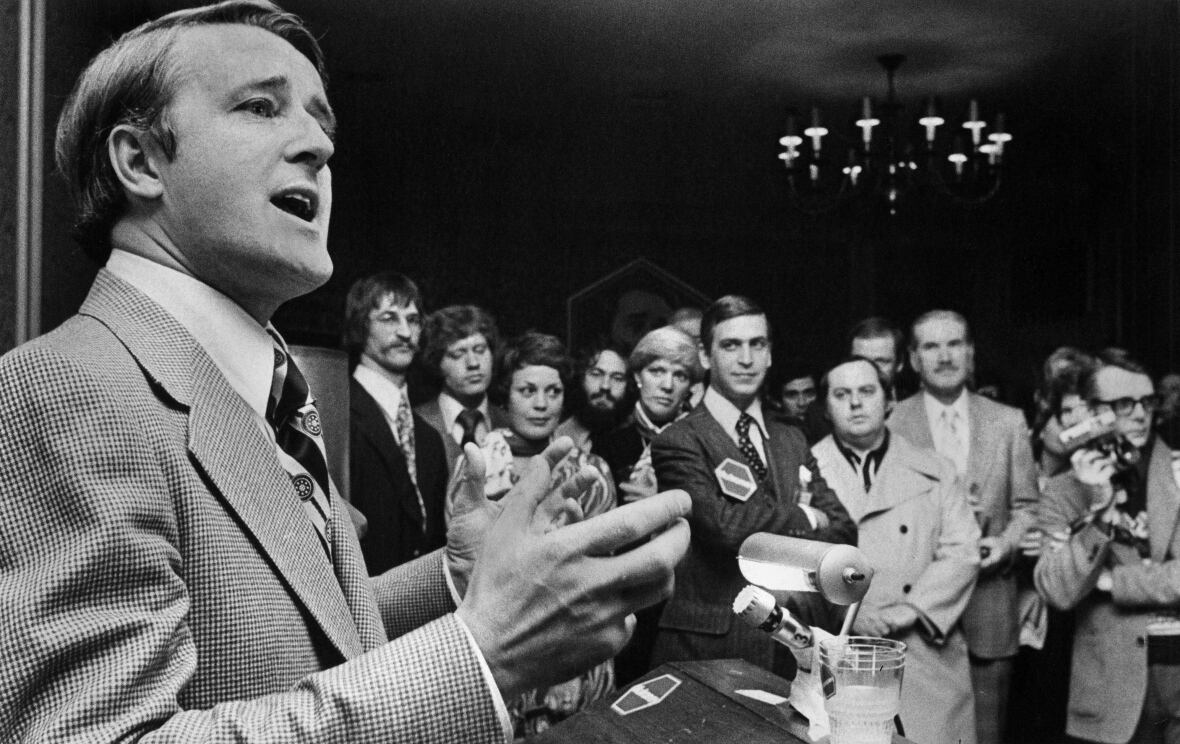This article is more than
7 year oldCanadians expected to pay more to dine out in 2018
Look out vegetarians — fresh produce and restaurant meals are going to cost you more in 2018.
According to the latest annual Canada's Food Price Report by researchers at Dalhousie University and the University of Guelph, food prices at restaurants are forecast to rise between four and six per cent in 2018, much higher than the one to three per cent increase restaurants typically experience.
Vegetable prices are also expected to rise by four to six per cent, due to La Nina and dry weather conditions across North America. But for the most part, other food category increases will barely keep up with overall inflation, which is currently 1.4 per cent.
The price of dairy, baked goods, meats, and seafood are forecast to rise between zero and two per cent, while fruits could increase between one and three per cent. Overall, food prices are expected to rise a moderate one to three per cent in 2018.

"There's a lot of discounting going on in grocery stores due to what we call the 'Amazon effect,'" said Sylvain Charlebois, the lead author of the report and a professor at Dalhousie University.
That's a reference to Amazon's acquisition of Whole Foods earlier this year, and the pressure it has put on Canada's large grocers — Metro, Sobeys and Loblaw — to readjust their pricing in an attempt to play defence.
Grocers are also expanding ready-to-eat offerings inside their stores, as consumers spend more of their grocery budget on eating out.
According to Charlebois' report, the average household is expected to spend almost 30 per cent of its food budget in food service this year — the highest level in history.
Charlebois suspects restaurants are aware of the shift, and are using it as an opportunity to raise prices.
"Demand is going up and restaurants feel that they are able to increase price points on menus," he said.
The report expects that the average family of four will spend an additional $208 in 2018 on eating out, a jump of eight per cent. The total annual family food bill is forecast to increase by $348 to $11,948 in 2018, which is about nine to 9.5 per cent of that average family's income.
Delivery services expanding
Cyclists like Vlad Grouza, a masters' student in physics at Ryerson University in Toronto, are working in food delivery on the side, and see first-hand that Canadians are warming up to the idea of ordering delivery through digital apps — especially if it means avoiding bad weather.
"Whenever there's any kind of inclement weather we see a surge in orders," said Grouza.

Grouza delivers for Foodora which serves Toronto, Vancouver, Montreal, Quebec City, Edmonton and Calgary. Foodora customers pay a standard delivery fee of $3.50 for orders above $30.00 and $4.50 for orders under $30.00. The company says riders earn on average $19-20 per hour.
Similar delivery services include DoorDash, which doubled its footprint in Canada this year to four cities and plans to continue expanding aggressively next year. Urban-centred Just Eat acquired SkipTheDishes, which serves lower-density areas, a year ago. Together they now serve 71 markets and more than one million Canadians.
Appetite for convenience
Convenience is the most influential trend shaping the food industry according to Robert Carter, executive director of food service at the market research firm NPD Group.
While a past peak of convenience was the drive-through, now it is all about digital. Carter estimates that Canadians spend $1.6 billion to order food using some sort of digital app.
"Just like we saw in the other retail sectors, the food sector is really being impacted by technology," Carter said. "With that evolution of technology we see these new business models forming."
It's not just specialty restaurant delivery either.
He estimates that ready-to-make meal kits already make up a $150 million market. If they grow as expected, meal kits could take even more business away from grocery stores and restaurants.
"This is more than a trend," Carter said. "This is an influential disruptive business model.
Keywords
Newer articles
<p>Former CNN host discussed ongoing anti-Israel protests on college campuses</p>
Tiffany Haddish Says Common Is the Only Celebrity She's Been 'Entangled' With, Claims He Chased Her for 2 Years
Doja Cat steps onto red carpet in lingerie
Rihanna Is “Keeping it Real Simple” for This Year’s Met Gala
US Congress threatens ICC over Israel arrest warrants
Israel fears Netanyahu's arrest over Gaza war as international court considers warrant
Kendrick Lamar escalates Drake feud on the scathing diss track, Euphoria
Rwanda must halt ‘support’ for M23 rebels, withdraw troops from DR Congo, says Macron
Over half of Israelis believe Netanyahu should resign immediately - poll
Tiger’s heartbreaking daughter revelation




